The climate in Cyprus is great for growing fruit and vegetables all year round. At the same time, farm products are usually pretty cheap, especially during the ripening season. Of course, we also import exotic fruits from other countries. But in this article, we’re going to focus on the local supply of familiar (and not-so-familiar) fruits.
Citrus fruits
In Cyprus, winter is pretty mild, with temperatures above freezing. This means that the various citrus crops that grow well in the coastal climate can ripen. Some you can pick up cheaply at the markets, while others you can just go and pick yourself.
Oranges
There are a few different types of oranges grown in Cyprus, some of which aren't suitable for eating (see below). The most tasty varieties are Valencia (thin, scarlet speckled peel), Merlin (with "navel"), Sweet (sweet), and Shekerika (small, with yellow-green peel). The varieties we've listed are sweet and juicy, and they'll appeal to everyone. If you're new to this, a Sicilian variety (red-orange) is similar to a grapefruit.
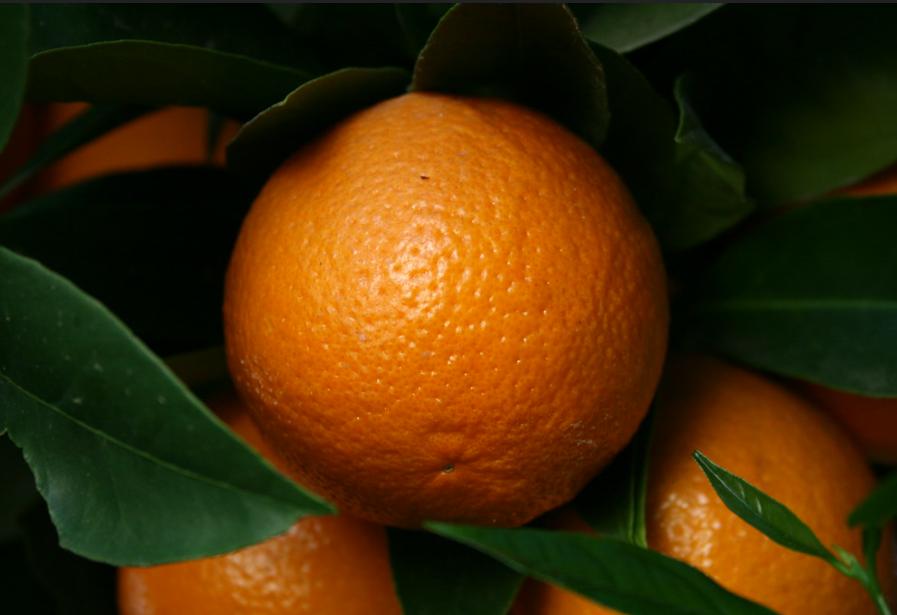
Things to prepare:juices, candied fruits, the fragrant peel can be added to jams.
Season:from November to February including
Price:from 1 euro/kg
Tangerines and clementines
Tangerines are also grown in Cyprus in several varieties, including Mineola and Li. Mineola is a reddish variety that's very sweet or bitter, with a peppery flavour.
There are also two hybrids grown on the island, including clementines. They're round fruits with bright orange, dense skin, sweet and either without seeds at all or with a huge amount of them. Mandora is no longer an edible fruit, but a culinary fruit. It's quite sweet and slightly watery.
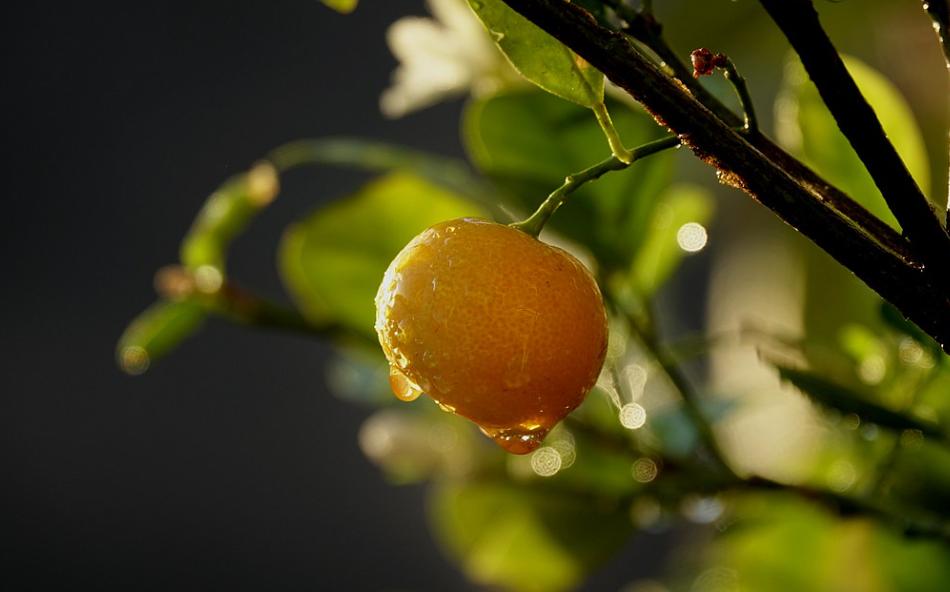
Things to prepare: marmalade, sujukos (churchkhela), candied fruits, juices.
Season: from November to February including.
Price:0.5-1.5 euros/kg
Lemons and other citrus fruits
Lemons are grown in Cyprus in large quantities and can be found everywhere (even picked on the street). Cypriots eat them and use them for all kinds of household things, too. They clean appliances, bathroom fixtures and dishes with them, put them in the fridge, in closets and even in shoes to keep them smelling fresh, plant mini versions on windowsills to keep mosquitoes away and so on. Some women use lemon juice to care for their nails and brighten their skin.
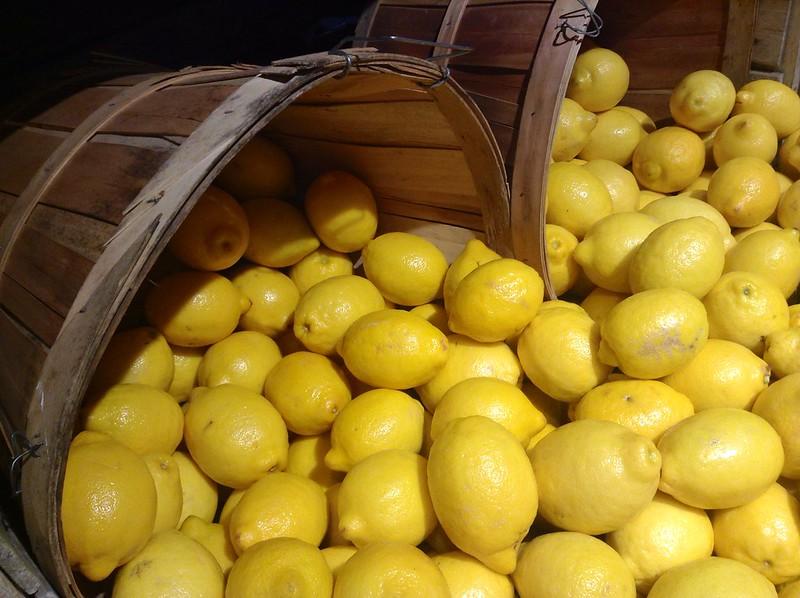
Things to make: lemon juice is added to almost all salads and poured over meat/fish, used in jams, candied fruit and homemade cosmetics.
Season: from November to February included.
Price: about 1.5 euros for 1 kg, you can buy them by the piece.
Also grown in Cyprus are grapefruit, pomelo, lime, kumquat and bergamot, which will be discussed below.
Popular fruits in Cyprus
There are lots of fruit trees in Cyprus, and most of them produce crops in the summer. However, some fruits are also good in the autumn and even in winter.
Apples and pears
In Cyprus, they have a slightly different taste. Many people say they’re more juicy and sweet, maybe because of the bright and hot sun. Also, apple trees have a longer fruiting season than in less sunny countries.
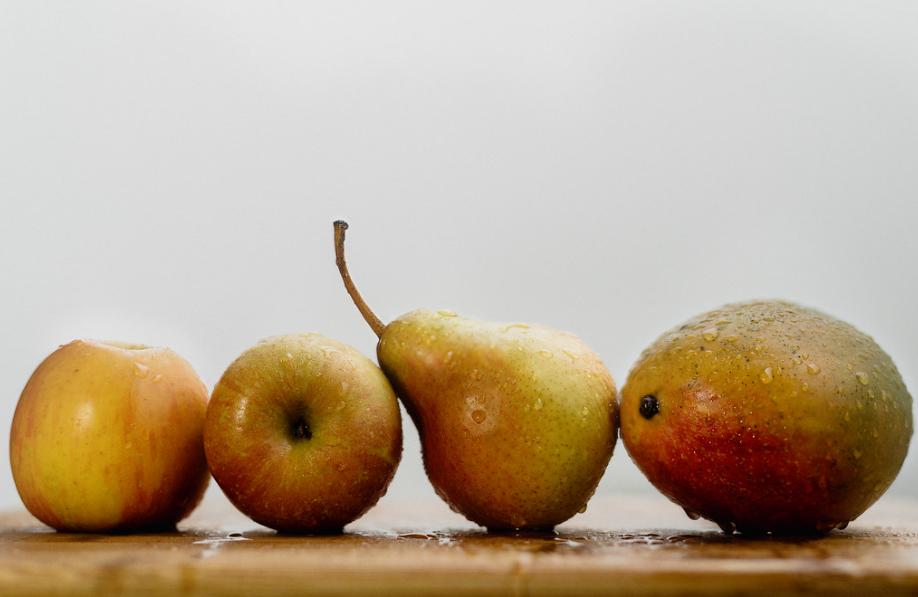
Season: apples - from May, pears - from July, until about October.
Price: about 2 euros per 1 kg.
Event: apple festival in Kiperunda, late September - early October.
Watermelons and melons
Watermelon is the most popular fruit in Cyprus, eaten not only as a standalone dish but also as an ingredient in salads, smoothies and so on. But the best way to enjoy a watermelon in Cyprus is to have it as a snack with fried halloumi cheese. The sweet, creamy taste of cheese goes perfectly with the fresh, sweet flavour of juicy watermelon. It’s worth a try!
Melons are less popular, but they grow very sweet, almost like honey. It's thanks to the humid climate and intense sunshine.

Season: from May to August included.
Price: watermelons - from 0.5 euros per 1 kg at the peak of the season, at the beginning of the season more expensive; melons - from 0.8-1 euros per 1 kg.
Event: watermelon festival in the village of Frenaros, July.
Bananas
They're not the biggest, but they're still pretty sweet. Bananas grow in Cyprus. They’re known for their bright yellow peel and distinct flavour. They’re mostly finger bananas, which you’ll find growing on banana plantations in the Paphos area. You can also find imported bananas on the island (the same Ecuadorian ones), but why not try the local product?
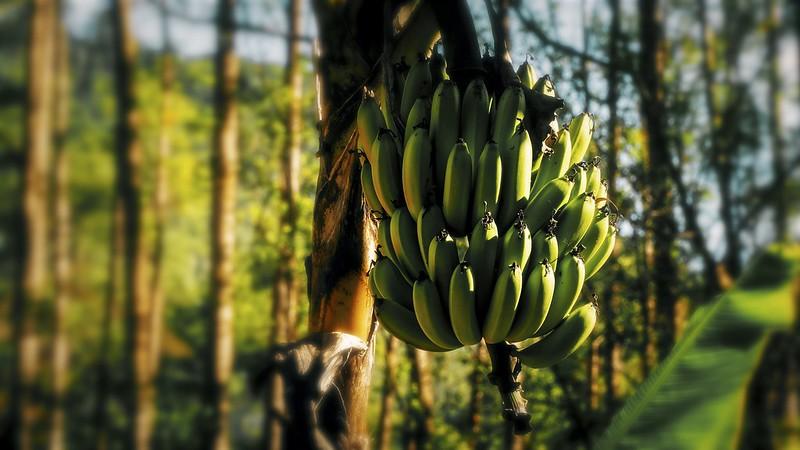
Season:all year round.
Price:1-2 euros per 1 kg.
Apricots, peaches and nectarines
These fruits are really tasty and have a strong aroma. It's worth mentioning that local peaches and apricots are always fully ripe. They're picked off the branches at the right time, unlike fruits that are exported – which aren't ripe yet. This adds both flavour and nutrition. Just a heads-up: the fruits make really tasty jams!
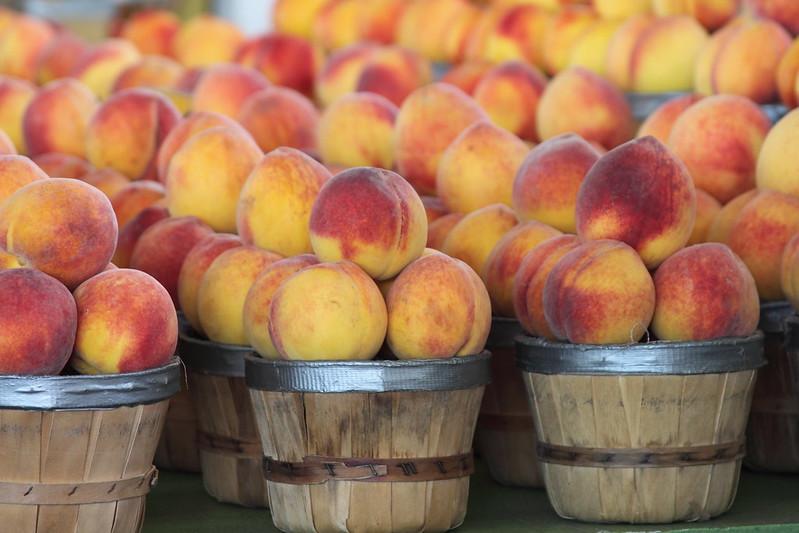
Season: from June to September included.
Price:1.5-4 euros per 1 kg.
Event: Peach Festival in the village of Kato Milos - mid-August.
Persimmon
This winter fruit ripens very well. It's best to pick them off the branches before they're fully ripe, otherwise they'll be watery and too soft. The fruit will take several weeks to ripen in a dark place, after which it will be perfect for consumption. I should also mention that dried persimmon is a great alternative. It goes well with tea instead of cookies and sweets.
Interesting: persimmon trees experience fall very beautifully. The dense leaves turn a fiery reddish color, which can be seen from afar.

Season: from October to January included.
Price:1.5-2 euros per 1 kg.
Pomegranates
Pomegranates are another sign that winter is on its way to Cyprus. There are several varieties of pomegranate grown on the island, with the early-ripening ones having white-pink grains that are sweet. The late-ripening pomegranate has a dark red colour inside the fruit, it tastes more tart and can be more acidic.

Season: October through February included.
Price:1.7-2.5 euros per 1 kg.
Event: festival in early October.
Kiwi
It's interesting to note that the kiwi in Cyprus bears fruit twice a year. Why not, if the climate allows? Kiwi, like persimmons, doesn't ripen on the tree (or rather, on the vine – kiwi grows like a large grape), but in a dark, secluded place, and it takes several months. So the fruit is picked in December and July, and it takes a couple of months for it to get to the shelves.
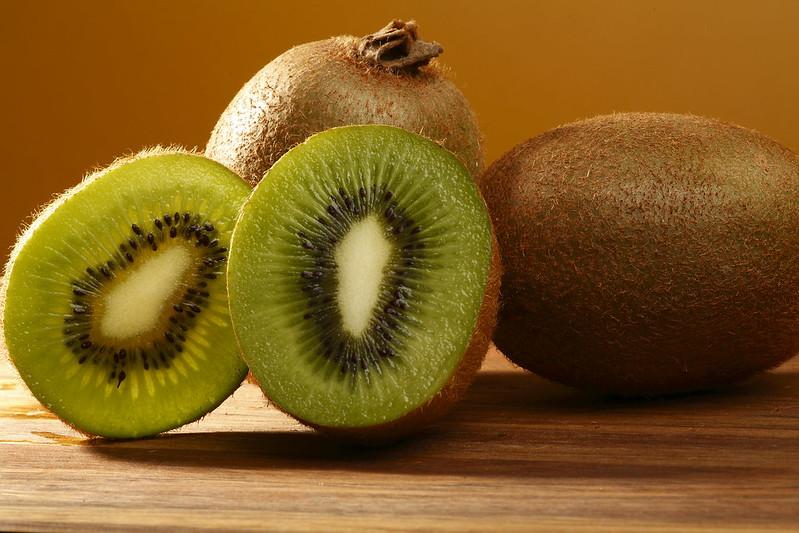
Season: from February to March and from September to October included.
Price: about 2 euros per 1 kg.
Avocado
Avocados are often added to salads and sandwiches (bruschetta, as it's now fashionable to say). Also, avocado purée is great in smoothies. It goes well with berries or fruit, and it's a great thirst quencher.
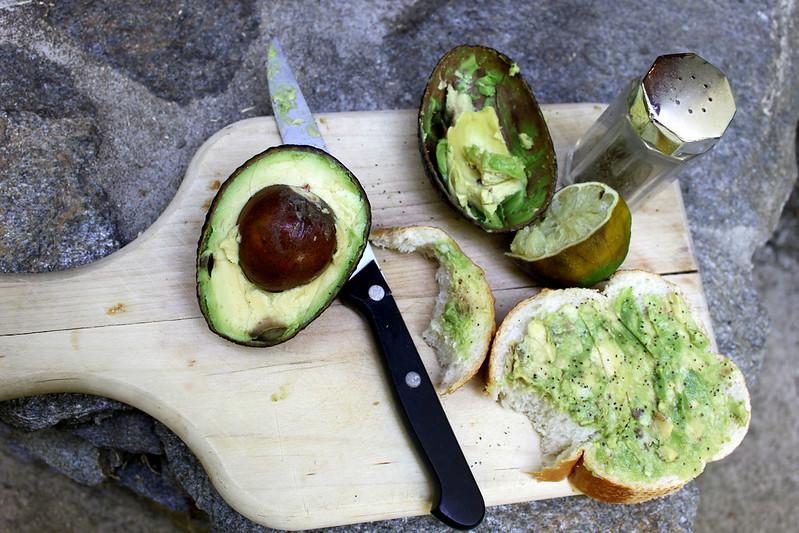
Season: from October to June including.
Price: about 4 euros per 1 kg.
Plum
There are lots of different types of plums that are delicious and fragrant and ripen in Cyprus in late summer. They’re not just eaten fresh, but also used to make jams. And sometimes they’re even more delicious! Plums are also great for making chewy snacks. You can buy them or make them yourself if you have an oven or dehydrator.
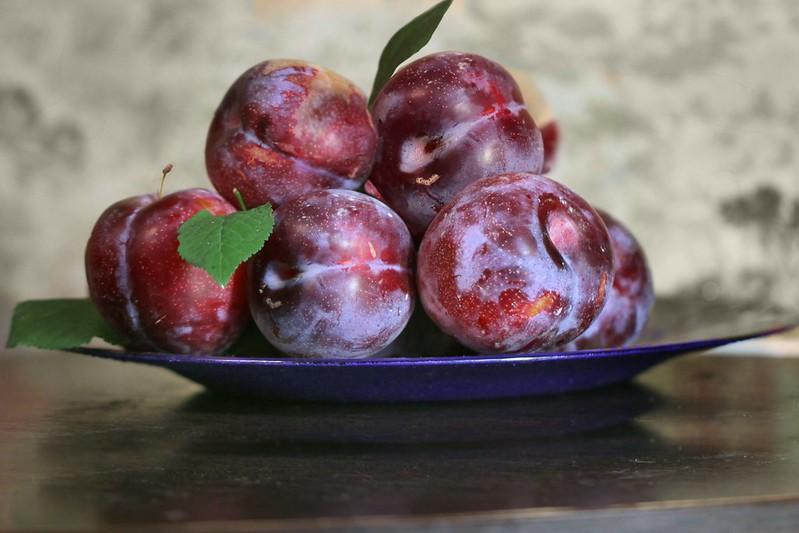
Season:July to September including.
Price:about 4 euros for 1 kg.
Grapes
One of the most important fruits in Cyprus is the grape! For thousands of years, it’s been a staple food for the locals, providing them with the nutrients they need to make some of the world’s best wine. Even today, winemaking is one of the main things that people do for a living in Cyprus.
It's worth noting that the grapes used for wine aren't particularly good to eat, and vice versa. When it comes to wine varieties, the main ones are Xinisteri (which makes a light white wine), Marateftiko, and Mavro (which goes into a thick red "Kommandaria"). There are also some non-Cypriot varieties on the island. Isabella, Sauvignon Blanc, etc.
Other varieties were once eaten. However, instead of fresh grapes, people often prefer to drink juice, jelly or sujukos!

Season: depending on the variety - from June to September included.
Price: about 4.5 euros per 1 kg.
Event: Limassol Wine Festival - September.
Figs
Figs can grow wild in Cyprus, and there are different varieties – green and purple ones – which are both very tasty. Figs make a pretty sweet jam, and in dried form they're sweet too, but in the fresh form they're very tender and you can eat a lot of them.
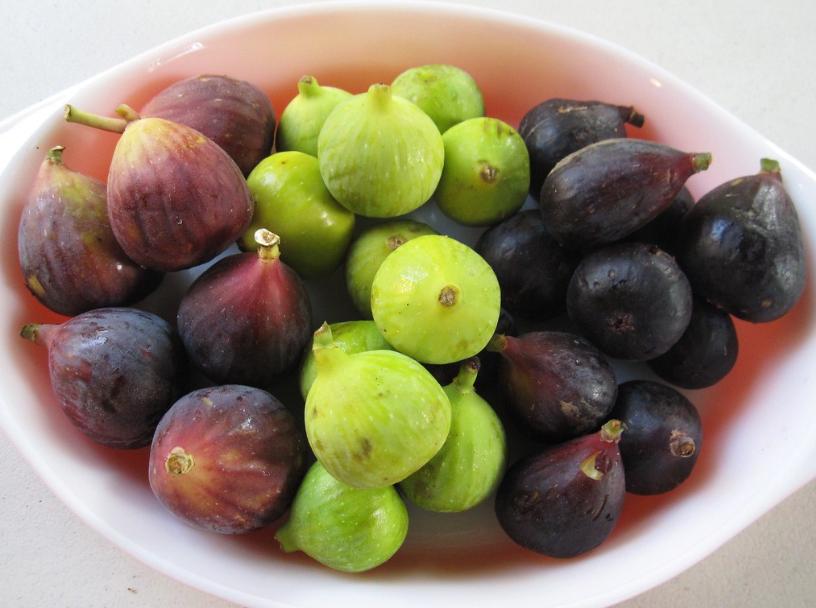
Season:from August to September, there can also be a harvest in June, but it is not for a selling period- the fruit is quite small.
Price:2-4 euros per 1 kg, depending on the season.
Exotic fruits of Cyprus
Cyprus is home to some pretty exotic fruits. Thanks to the island's climate, you can grow fruits that originally came from the tropics. Technology is always advancing, so farmers have learned to grow exotic fruits in local areas.
Papaya
It's best to eat papaya when it's ripe, which means it'll be brightest, softest and most flavourful. It tastes like a pumpkin and carrot combined, only sweeter, softer and juicier. It's great for making smoothies and fruit salads.
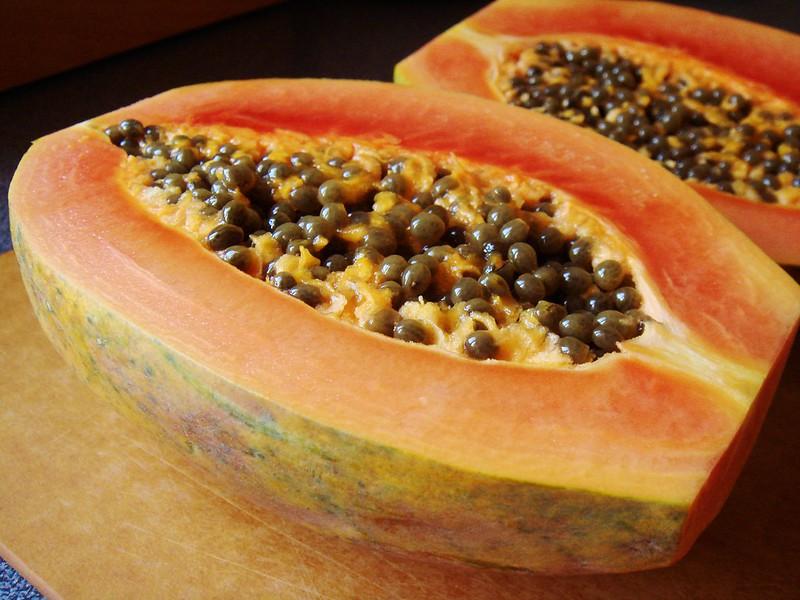
Season: from September to October.
Price:1.5-3 euros per 1 kg.
Guava
Guava in Cyprus comes in two colours: pink and green. The pink one is slightly sweeter and more flavourful. Although it’s not often eaten raw, it’s mainly used for juices, compotes, smoothies and jams.

Season:from September to November.
Price:1-4 euros per 1 kg.
Mushmulas
In Cyprus, the medlar is called "mespila". It starts to ripen in March, but you can get it later. You can even find trees and pick the fruit yourself. It’s a free-growing tree that blooms, and it’s also quite fragrant. Just a heads-up: the medlar's bones are poisonous, so don't swallow or chew them.
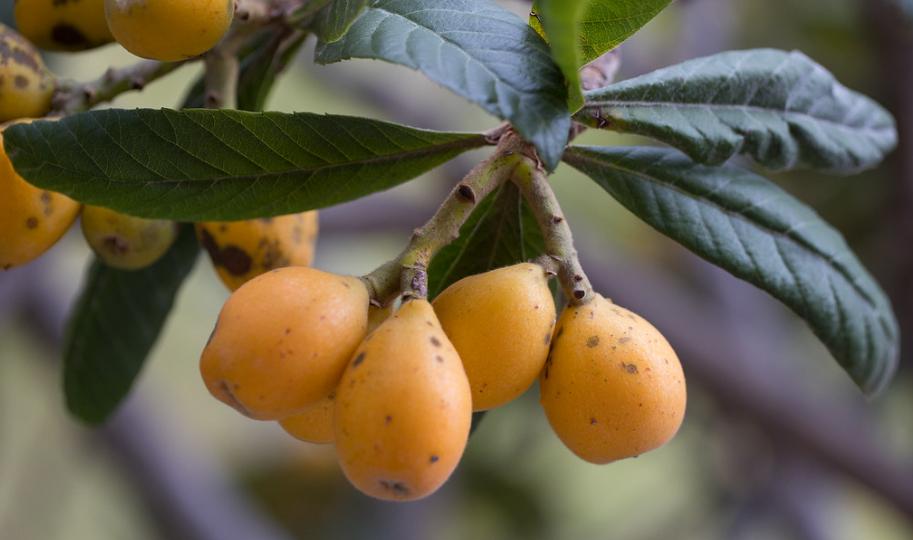
Season: from March to June.
Price:1-2 euros per 1 kg.
Prickly Pear
This is a fruit from a cactus that has a rather specific flavour – somewhere between a tomato and a strawberry. Locals call it 'papoutsosika', but they're also familiar with the word 'opuntia'. It’s not for everyone, but it’s worth a try!
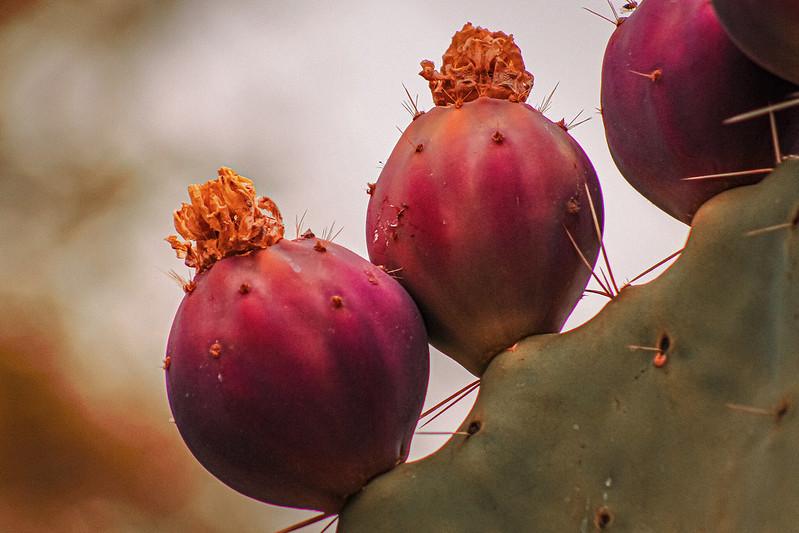
Season: from August to September.
Price:0.5-1 euro per 1 kg.
Carambola
Also known as starfruit, this fruit has a star-like shape. It has a really pleasant aroma, but the flavour isn't particularly strong. It has a slight crispness and sourness to it. If the fruit is overripe, it's not suitable for eating.
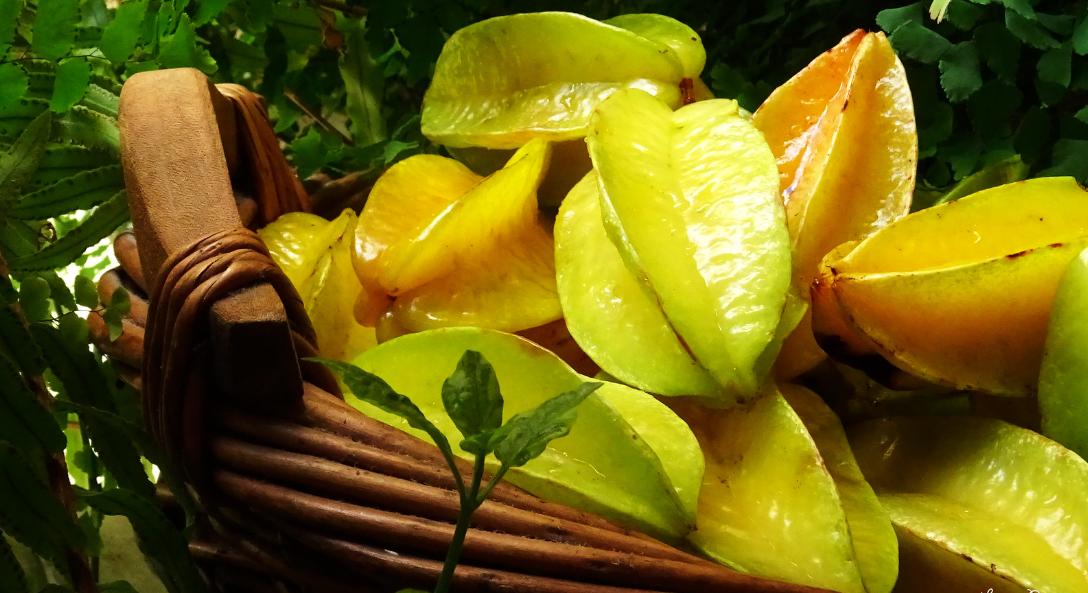
Season:from February to April.
Price:3-5 euros per 1 kg.
Mango
It's juicy, flavourful and very sweet. It's great to eat on its own, but it's also great in smoothies or salads (it goes really well with meat and seafood). It’s really nourishing and it makes you feel good after you’ve eaten it.
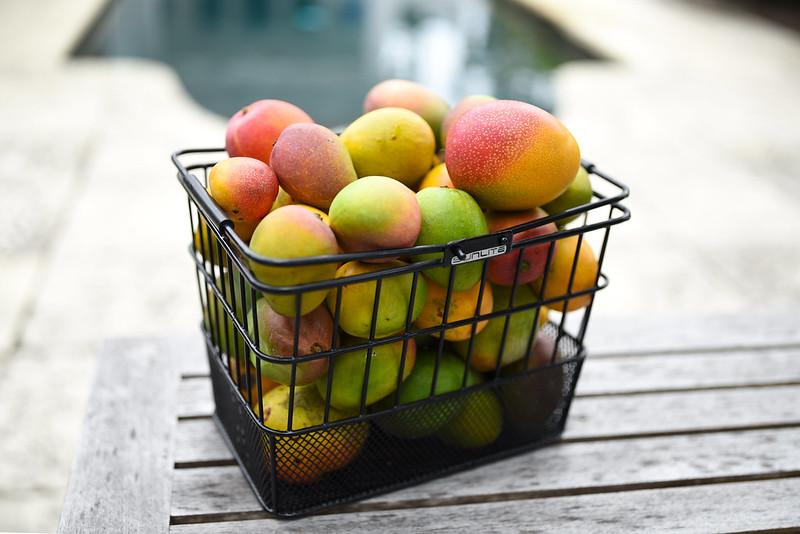
Season:from October to January.
Price:3 - 4 euros for 1 piece.
Dragon fruit, or pitahaya (pitaya)
Dragon fruit, or pitahaya (pitaya), can have a red or white interior. It tastes like a sweet beet. The fruit itself is quite juicy, which makes it great for smoothies and juices.
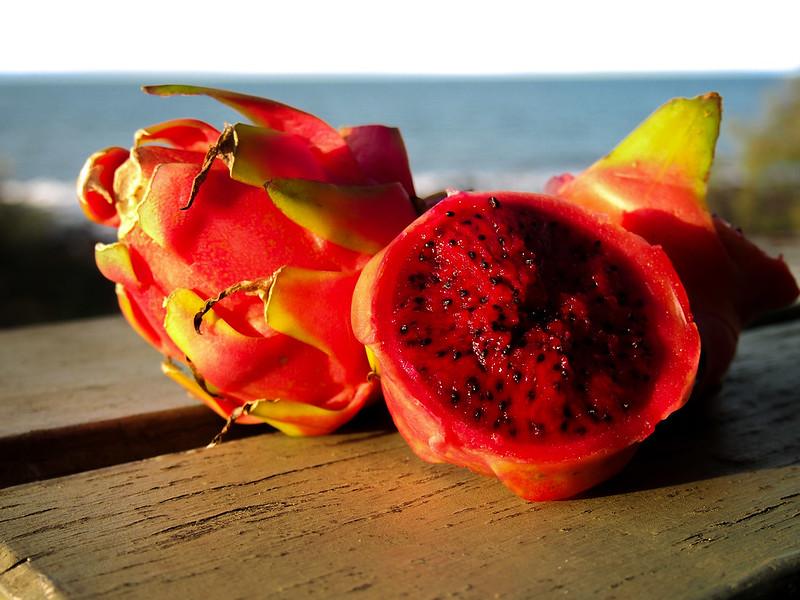
Season:all year round, but the local pitahaya is closer to the end of summer.
Price:5-6 euros for 1 kg.
Momordica
The momordica looks exotic, and it's not so easy to eat: you have to open the orange peel and eat the red berries inside. The rind is quite bitter, so you can only use it to cook something, but this is no longer Cypriot cuisine, but Asian. It tastes a bit like pumpkin and persimmon.
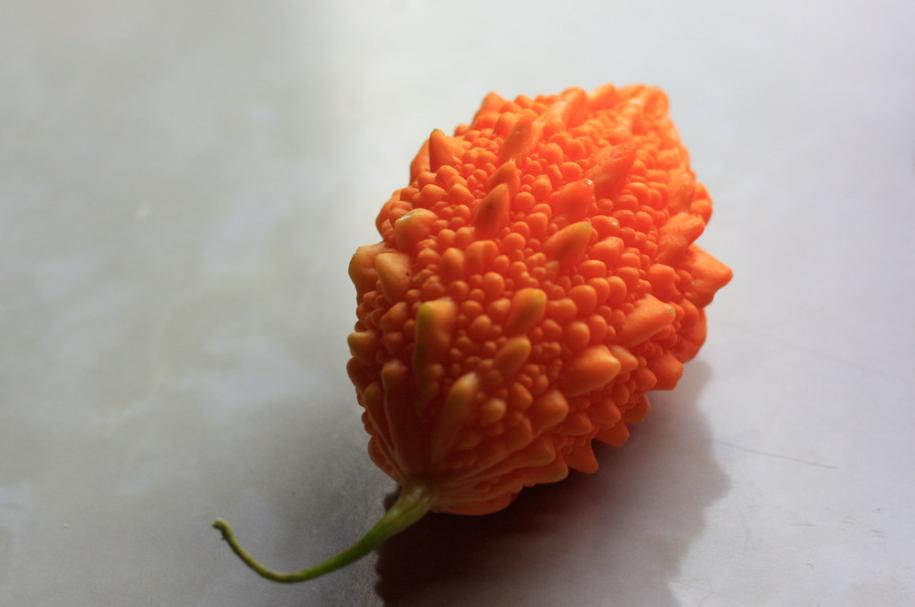
Season: towards the end of summer.
Price:2-5 euros for 1 kg.
Nashi
Nashi – the emphasis is on the last syllable. It's a juicy apple-like fruit that can sometimes look like a quince. It lasts a long time, so you can find it all year round.
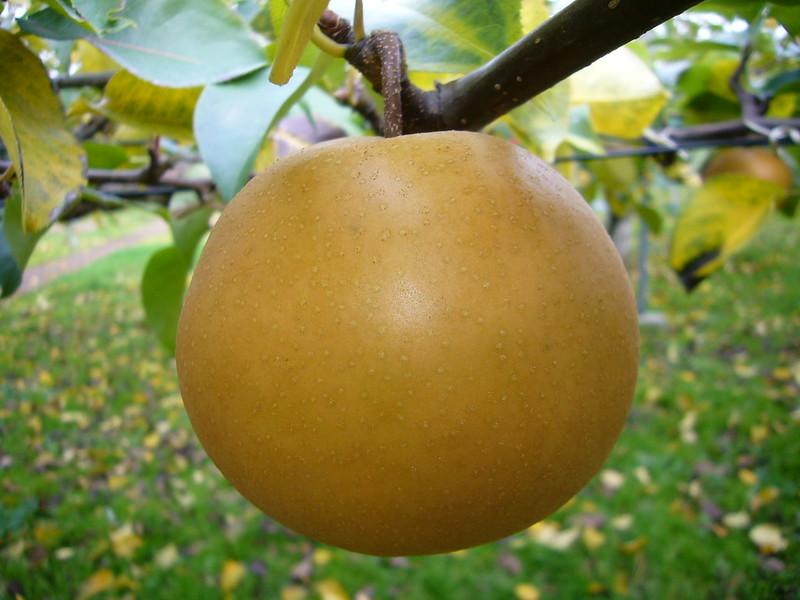
Season: all year round.
Price: 2-3 euros per 1 kg.
Berries in Cyprus
Not only fruits but also berries grow in abundance in Cyprus, with strawberries and cherries being the main focus. Greenhouse-grown strawberries are available on the island all year round, but they're quite watery and not so flavourful. It's best to buy them when they're in season, which is from May to July. It's worth checking out the festival for this berry in Derigne, which is held at the end of May. A kilo of strawberries costs around 2-3 euros.
Cherries are in full bloom and then give sweet, fragrant berries in May and June. A kilo costs about €4. There are a few cherry festivals held in different villages on Cyprus at the end of May and beginning of June.

Also, it's worth mentioning the mulberry: a big tree with small berries. They're sweet but have an off flavour. Interestingly, you can't always buy it, but you can sometimes find a tree that's fallen over and pick the berries yourself.
Inedible fruits in Cyprus
In our article it is simply impossible not to mention the fruits that grow in Cyprus, but are not edible. Because they arouse the interest of tourists and recently moved to the island, and meanwhile the topic is still not fully disclosed.
Turunch
Aka Pomeranian, is a citrus fruit. It's not edible, but it's quite sour and bitter. It looks like a small orange or tangerine, but it's not quite the same. But it's often added to jams or used to make candied fruit.
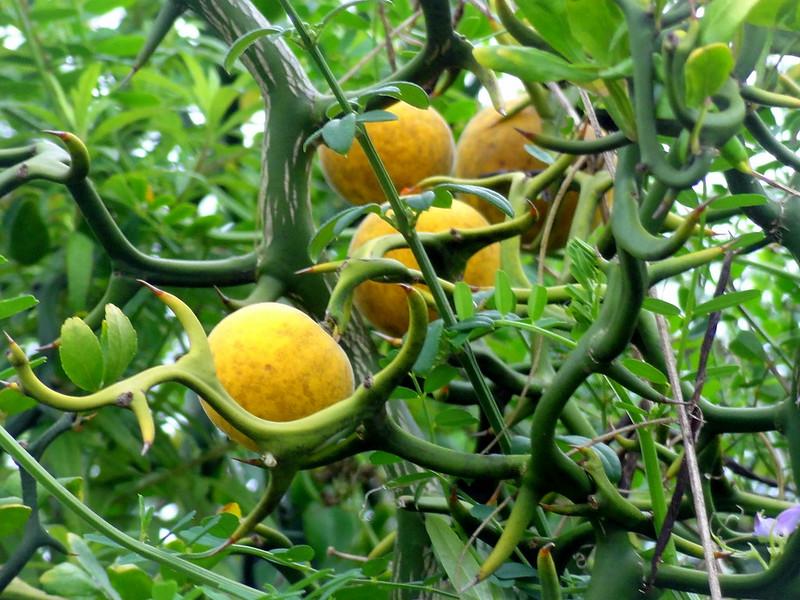
Maclura (Adam's apple).
It looks like a fruit that can be peeled from its unusual skin and eaten. But in reality, the maclura is not actually edible. At the moment, pharmacists and cosmetologists are looking into its potential uses, and our fellow countrymen and women know it as a remedy for joint pain or skin diseases. Of course, not in its pure form, but as a tincture on alcohol.
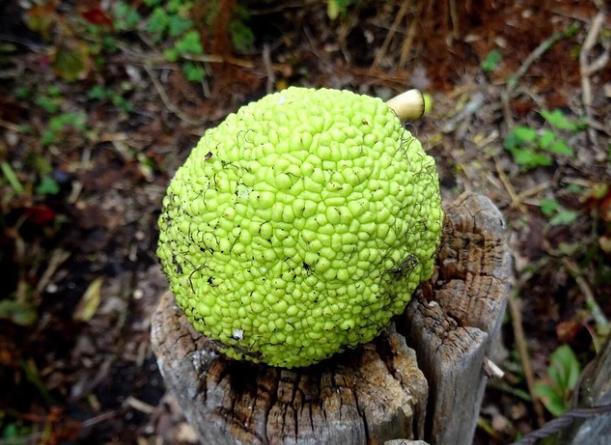
Bergamot
Bergamot is also a kind of citrus fruit that you can eat if you want to. Bergamot tastes sour and bitter on its own, so it's not very appetising. You can even add the fruit to jams and some meat dishes as a seasoning. Some countries add it as a flavouring to black tea.
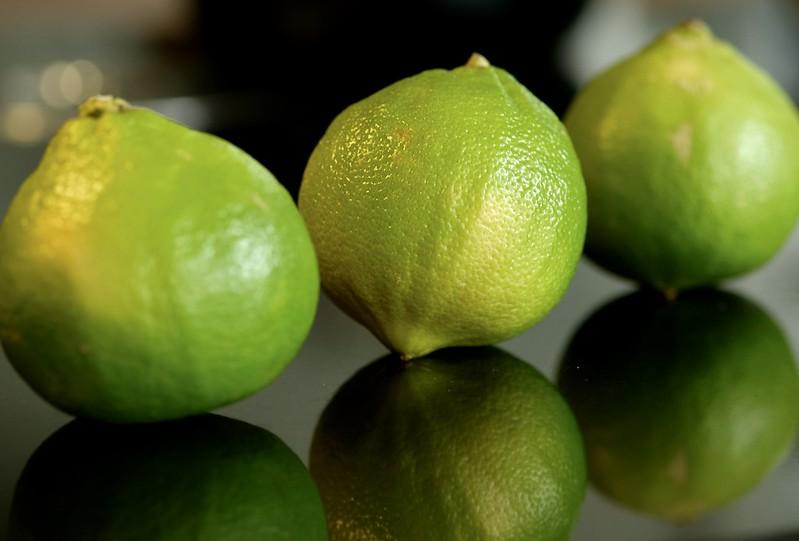
Carob, or the fruit of the carob tree
Carob, or the fruit of the carob tree, is the big bean pods on the trees. Once the carob beans are harvested, dried and pulverised, they are used to make all kinds of snacks! The thing is, carob powder has a cocoa flavour and a natural sweetness. So it's become a great substitute for sugar and chocolate all over the world.
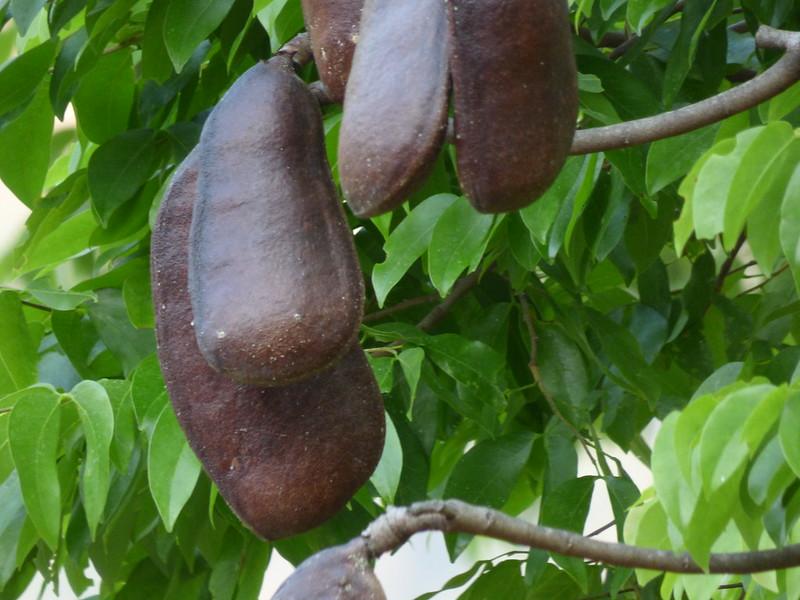
Strawberry Tree (Arbutus unedo)
It looks like a tree with red and spiky fruits – very attractive and tempting. You can eat the fruit, but it's pretty tasteless. That's why, apart from animals and birds, no one eats the fruits of this tree.
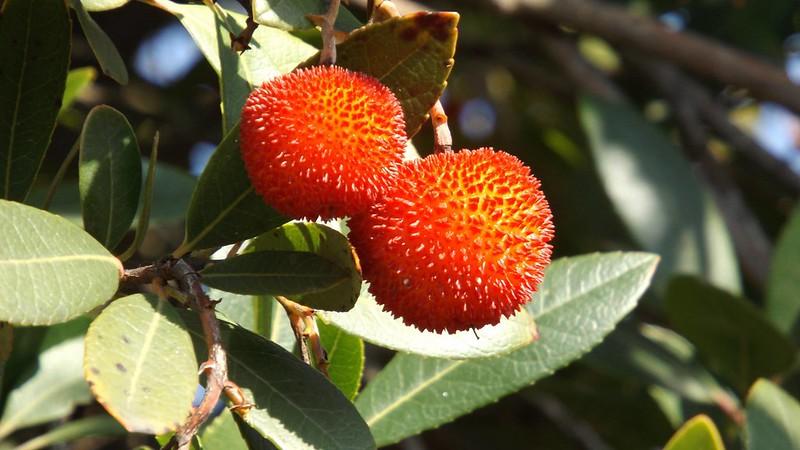
Where to buy fruits in Cyprus?
As you walk around the city, you'll see shops with the word "frutaria" on them. This is where you'll find fruit, mostly local but some imported, so just check with the seller.
You can also check out the markets, where you'll find local fruits and veggies at rock-bottom prices during the season. You can also bargain and socialise here.
Supermarkets often have higher prices and a lot of imported products. So, be careful and if you're looking for local gifts of nature, it's better to go to the shops or the market.
Read also:
- Top 5 most budget-friendly places to eat in Larnaca
- What documents are required to sell a property in Cyprus?
- Cyprus food odyssey: a culinary journey through the Island of Aphrodite
- MILLO: the characters on my murals represent the messages I want to convey to people
- Greek in Cyprus: is it worth learning and how to master it quickly?

